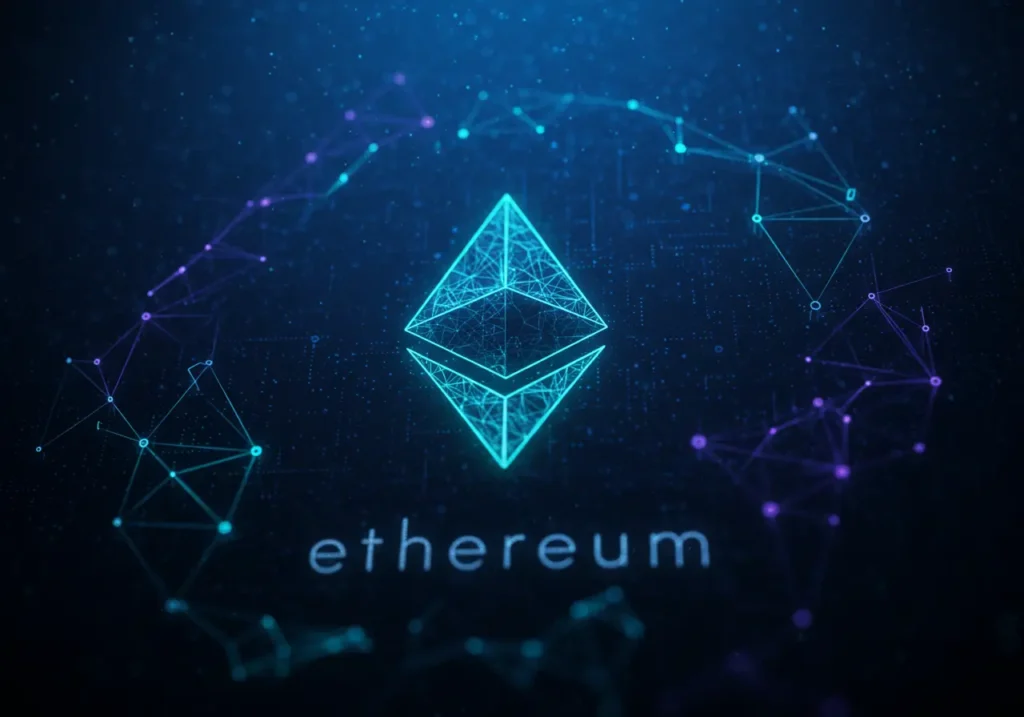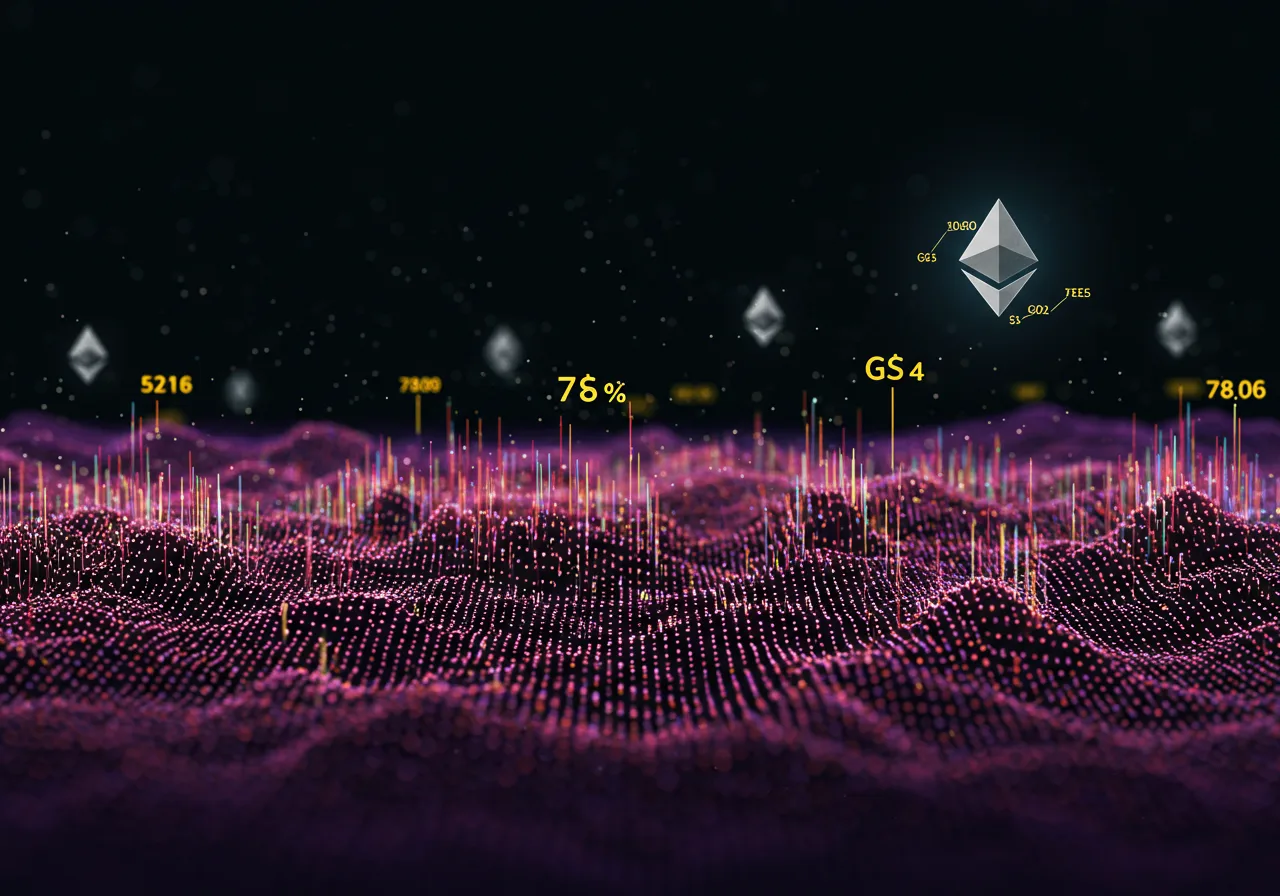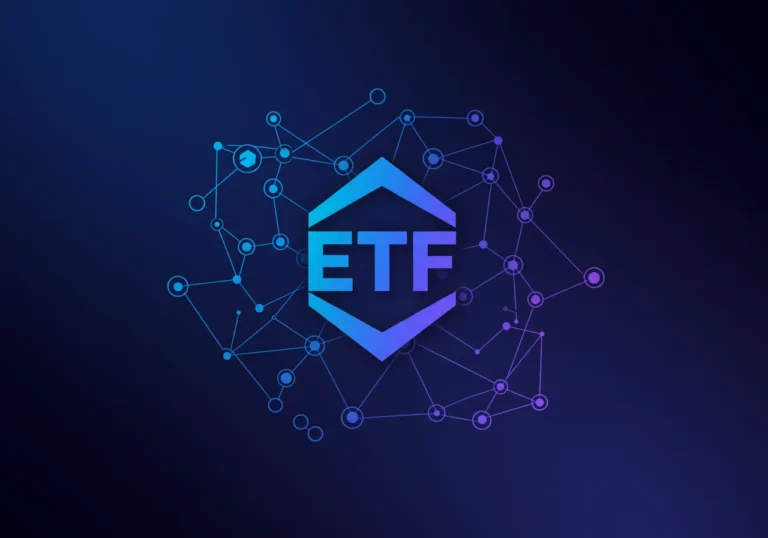Understanding Gas Fees: A Guide to Ethereum Transactions
Gas Fees are the small payments that make Ethereum work. They reward the people and machines that run the network. They also ration the network when many people want to use it. Understanding them helps you avoid overpaying and keeps your transactions smoother.
What are Gas Fees?

Gas Fees are payments you make to process transactions and run applications on Ethereum. They go to miners or validators who include your transaction in a block. Think of gas as the fuel for the network — without it, transactions cannot move.
When you send ETH, swap tokens, or use a smart contract, you’re consuming computational work. Gas measures that work. A small transfer uses less gas than a complex smart contract action. The final cost equals the gas used multiplied by the gas price you set.
How gas works: the basics
Gas has two key pieces:
- Gas units — how much work your transaction needs.
- Gas price — how much you pay per unit, usually measured in gwei (1 gwei = 0.000000001 ETH).
Multiply gas units × gas price and you get the total fee. For example, if a transfer uses 21,000 gas units and the gas price is 50 gwei, the cost is 21,000 × 50 gwei. That converts to ETH and then to your local currency.
Ethereum’s network decides how many transactions it can handle at once. When more people want to transact, gas prices rise because users bid to have their transaction processed sooner.
The role of priority and base fees (post-EIP-1559)
Ethereum changed how fees work with the EIP-1559 upgrade. Now each block has a base fee that adjusts based on demand. This base fee is burned (removed from supply), and you also add a priority tip to encourage validators to pick your transaction quickly.
Under this model, your payment has:
- Base fee: set by the network and burned.
- Tip (priority fee): paid to validators to prioritize your transaction.
- Max fee: the cap you set to limit what you’ll spend if base fees rise.
This change aimed to make fees more predictable. It did so somewhat, but busy periods still push costs up.
How to estimate fees: use an Ethereum gas fee calculator
One of the most practical tools you can use is an Ethereum gas fee calculator. These tools show current base fees and recommended tips. Good calculators show several speed tiers: slow, average, and fast. They estimate the total cost in ETH and often convert to fiat.
When you open a wallet or a DEX, many wallets include an estimate and let you pick the speed. If you want to plan ahead, check a gas fee calculator before you transact.
Why fees rise and fall
Gas prices react to demand. Several events push demand up:
- A popular NFT drop.
- A big token sale or airdrop.
- Market volatility when many trades happen at once.
- Network congestion from new protocols or bots.
Off-hours, like weekends or nights in certain time zones, often have lower fees. That said, global events can negate that pattern. Watching gas trends helps you find cheaper slots to act.
Practical step: How to reduce gas fees on Ethereum
There are many effective ways to spend less:
- Time your transactions. Try low-demand hours. Use a gas fee prediction tool to find cheaper windows.
- Use Layer 2 networks. Rollups like Optimism, Arbitrum, or sidechains such as Polygon often offer much lower fees. Bridge funds there for cheaper activity.
- Batch actions. Some services let you bundle multiple operations into one transaction. That saves gas per action.
- Choose gas-friendly wallets. Wallets sometimes suggest better gas prices than others. Look for tools that show realistic estimates.
- Avoid high-complexity operations during spikes. Interacting with complex smart contracts costs more gas than a simple transfer. Delay if you can.
- Set manual gas price if you understand the market. Advanced users sometimes set a lower tip and wait longer for confirmation.
- Use gas tokens or fee-saving techniques only if they make sense. Historically, gas tokens could help. Their value changed after upgrades; check current viability.
The key is planning. Small delays or moving to Layer 2 often cut fees dramatically.
Layer 2 and alternative chains — fee relief options

Layer 2 solutions and sidechains are now mainstream options for reducing costs. They move transactions off Ethereum’s base layer and batch them. That reduces fees per transaction.
- Optimistic rollups (e.g., Optimism, Arbitrum): They post compressed transaction data to Ethereum and settle later. Fees are much lower. Withdrawals may need waiting time for security.
- ZK rollups: Use cryptographic proofs and can be fast and secure, though currently less widespread in some dApps.
- Sidechains (e.g., Polygon): Independent chains that connect to Ethereum. They often have low fees and quick confirmations, but different security models.
Choosing a Layer 2 depends on the dApps you use. Many popular applications now offer Layer 2 options. Move funds to these networks when you expect many transactions or when trading small amounts.
Best tactics for transactions and trades
When you interact with exchanges or DeFi:
- Plan swaps when fees are low. Use limit orders on centralized exchanges for cheap trades, or find DEXs on Layer 2.
- Consolidate small balances before bridging to another chain. Small transfers repeatedly cost a lot relative to the amount.
- Approve carefully. Token approvals to smart contracts can be expensive. Reuse approvals when safe or approve minimal amounts when needed.
- Use native ETH for gas in wallets tied to Layer 2. Some Layer 2s require specific tokens for fees; check requirements before bridging.
These best practices for Ethereum gas fees help you keep costs sensible.
Gas price prediction: is it possible?
People often want a gas price prediction Ethereum tool. Predicting perfectly is impossible. But using historical patterns, mempool data, and market signals gives reasonable estimates. Some things help prediction:
- Scheduled token launches or known events.
- On-chain mempool activity; rising unconfirmed transactions suggest pressure ahead.
- Broader crypto market volatility.
Tools show suggested gas prices for different speeds. Use them as guidance, not absolute truth. If you need guaranteed speed, pay a higher tip.
Hidden costs and Ethereum transaction cost analysis

Transaction cost is not only gas. Consider:
- Bridge fees when moving between chains.
- Slippage in swaps if liquidity is low.
- Approval costs as mentioned earlier.
- Multiple-step operations (approvals + swap + add liquidity).
A simple Ethereum transaction cost analysis before acting can reveal that an “easy” trade actually needs multiple on-chain steps. Tally the full chain of costs to make wiser choices.
How wallets show fees and how to read them
Wallets show gas in different ways. Some show gwei and let you set fees. Others present easy choices like slow/medium/fast. Here’s how to read wallet prompts:
- Look for the total estimated ETH and a fiat conversion.
- See if the wallet lets you change the priority fee (tip).
- Note if the transaction is complex (smart contract call). Complex calls use more gas.
If your wallet hides details, consider a more transparent wallet for larger transactions.
When to accept a higher fee
Sometimes paying more is worth the cost:
- During market volatility where a missed trade costs more than the gas.
- When the transaction is time-sensitive (participating in a sale, auction, or closing a position).
- To avoid failed transactions on complex contracts; failure also costs gas.
View fees as an insurance premium for time and certainty.
Security note: don’t chase low fees at the cost of safety
Setting an extremely low tip or using untrusted bridges to save gas can invite trouble. Failed transactions waste gas. Unvetted bridges carry hack risk. Balance saving with security. A tiny saving is not worth losing funds.
Practical examples and scenarios
Example 1 — Sending ETH to a friend:
- Simple transfer, ~21,000 gas units. If gas price is low, cost is small. If the network is busy, wait a bit or use Layer 2.
Example 2 — Swapping tokens on a DEX:
- May involve approvals and trade calls. Total gas can be several times a simple transfer. Check Ethereum gas fee calculator and attempt swaps on Layer 2.
Example 3 — Minting an NFT:
- Complex contracts can spike gas. Consider mint windows when network demand is low or use a Layer 2 minting platform.
These scenarios show how the same action can cost very different amounts depending on context.
Tools and resources to watch gas fees
Use these types of tools:
- Real-time gas trackers that show base fee and recommended tip.
- Ethereum gas fee calculator websites and browser extensions.
- Wallet built-in estimators.
- Mempool explorers to see pending transactions.
Combine data from several sources for the best picture.
Long-term view: how burned fees affect the network
With EIP-1559, a part of fees is burned. This reduces supply slightly and can influence value over time. High usage burns more ETH. This mechanism ties network activity to token economics.
Burning fees also changes user perception: some users see fees as positively reducing supply, but high fees still burden usability. Watching policy and upgrades matters for long-term cost expectations.
Future developments and hope for cheaper fees
Work is ongoing: sharding, rollups, and optimizations aim to lower costs. As Layer 2s mature and more volume moves off Layer 1, average fees should fall for everyday users. Still, occasional spikes will happen with new popular events or market stress.
Quick checklist before you hit confirm
- Is this a simple transfer or a smart contract call? (Smart contract = more gas.)
- Have you checked the current base fee and recommended tip?
- Can this action wait for a cheaper time?
- Can you use a Layer 2 or sidechain for the same action?
- Did you account for approvals, bridge fees, and slippage?
Answering these keeps surprises to a minimum.
Best practices for Ethereum gas fees — short list
- Check fees before you transact.
- Prefer Layer 2 for frequent, small operations.
- Combine actions when possible to save on multiple fees.
- Use limit orders or centralized exchanges for some trades to avoid on-chain fees.
- Be cautious with bridges and use trusted providers.
- Keep a small ETH buffer in your wallet to cover gas surprises.
- Use Ethereum gas fee calculator tools to plan.
Conclusion — small steps, big savings
Understanding Gas Fees turns surprises into choices. You can often move less, wait smarter, or use cheaper rails. A little planning saves money and frustration. Think of gas as a tool: it protects the network and gives you options. Use it wisely.
Quick Takeaways
- Gas Fees pay for computation and secure the Ethereum network.
- Costs = gas units × gas price (gwei), with EIP-1559 introducing base fees and tips.
- Use an Ethereum gas fee calculator to estimate costs and timing.
- How to reduce gas fees on Ethereum: use Layer 2s, time transactions, batch actions, and choose efficient wallets.
- Consider the whole Ethereum transaction cost analysis — approvals, bridges, slippage.
- Best practices for Ethereum gas fees: plan ahead, keep ETH for fees, and avoid risky bridges.
- Gas price prediction Ethereum is imperfect; use tools for guidance and be prepared for variability.
FAQ
Q: What is gwei and why do wallets show it?
A: Gwei is a small unit of ETH (1 gwei = 10⁻⁹ ETH). Wallets show gas price in gwei because it provides better precision and is widely used by miners/validators.
Q: How often do gas fees change?
A: Fees can change every block (seconds), but large trends follow network activity. Check a gas tracker before big actions.
Q: Are Layer 2 transactions always safe?
A: Many Layer 2s are secure, but each has different trust and withdrawal models. Understand the model and use trusted bridges and services.
Q: Can I predict gas fees accurately?
A: Not perfectly. Tools can estimate using mempool data and historical patterns. For urgent transactions, choose a higher tip for faster inclusion.
Q: Should I always use centralized exchanges to avoid fees?
A: Centralized exchanges can reduce on-chain fees for trading, but they have custody risks. For trading volume, they are often cheaper. For custody and decentralization, on-chain solutions matter.

Hello, I’m Edmilson Dias, founder of CoinBringer. I created this platform to guide people through the fast-moving world of cryptocurrency with clarity and safety. With years of research in blockchain and digital security, my goal is to translate complex topics into practical knowledge, offering reliable tutorials, safety insights, and guidance for both newcomers and experienced users.
Discover more from CoinBringer
Subscribe to get the latest posts sent to your email.







